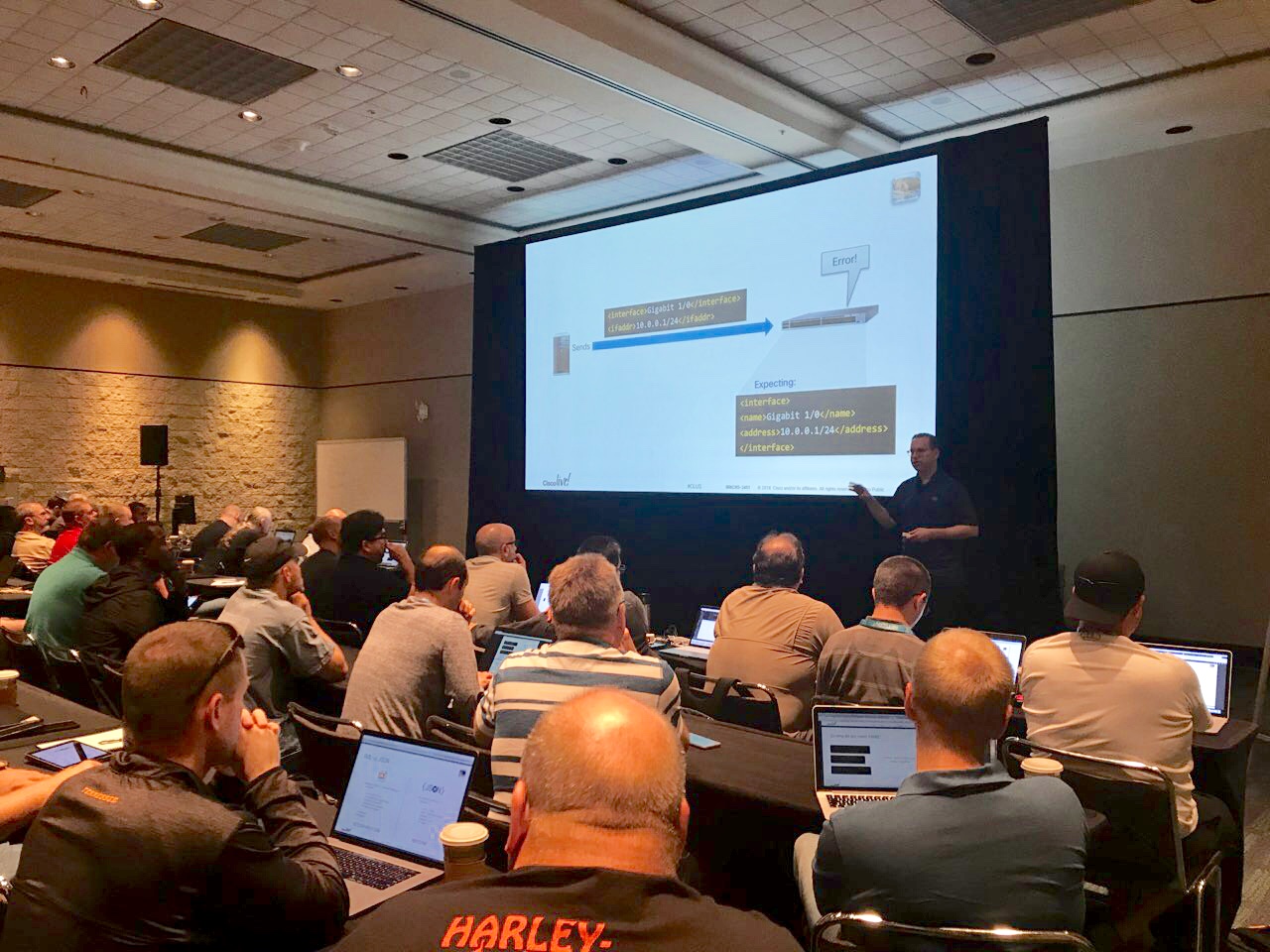While I’m thinking about another TAC Tale, I’m quite busy working on slides for Cisco Live. I figured this makes for another interesting “inside Cisco” post, since most people who have been to the show don’t know much about how it comes together. A couple years back I asked a customer if I could […]
Tag: tme
Cisco Live US 2018
Cisco Live Orlando has wrapped up, at least for me, and I can relax until Cisco Live Europe in January. I never realized how much work goes into Cisco Live until I became a TME. Building labs, working on slides, preparing demos, and arranging customer meetings is a months-long process and always a scramble at […]
Where I’ve been, and what a TME is
Jesse, a recent commentor, asked why I haven’t been posting much lately. In fact, my last post was August of 2017. Well, there are several reasons I don’t post much these days. In part, I’m not convinced anyone is reading. It’s nice to see a comment now and again to realize it’s not just spambots […]
